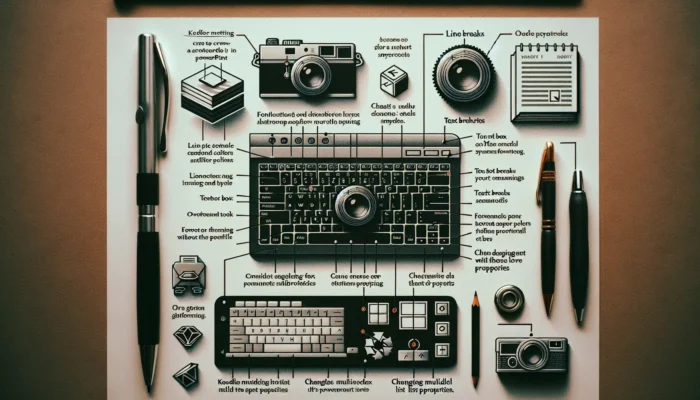I’ll show you how to use a hollow circle and chevrons to create a circle of multiple chevrons that fragments of a circle. This visual can be useful for showing cyclic or repeating processes.
Insert the Hollow Circle
- Click inside the slide and drag to size and position the hollow circle. Hold the Shift key as you drag to create a perfect circle. Center the hollow circle on the slide.
- Adjust the width of the inner circle:
- Click on the hollow circle to select it. Yellow resize handles will appear.
- Drag the yellow dot on the inside border toward the outside border. This will make the ring thinner.
- Adjust until you get the desired thickness of the ring, as shown below.
Hollow circle
Insert the Chevrons
We’re going to use the chevron shape from the Block Arrows section to divide the circle rather than try to create curved arrows. This will make sense once you add one:
- On the Insert tab, click Shapes in the Illustrations group.
- Select Arrow: Chevron in the Block Arrows section.
- Click inside the hollow circle at the top to insert the chevron. It will probably be thin initially.
- Resize and rotate the chevron:
- Make it go from the inner circle across to the outer edge of the ring.
- Rotate it so the point is going in the same direction as the one at the top.
Chevron in circle
Add Additional Chevrons
Add two more chevrons, one at both sides of the circles. Make sure the points of these two chevrons are also facing the same direction, as shown below.
Multiple chevrons
Use the rotation handles to turn the chevrons until they’re equally spaced around the circle.
Customize the Design
You can customize the circle using PowerPoint’s shape formatting options:
- Change the circle color
- Add a shape outline
- Adjust line thickness
- Add shape effects like shadows, 3D, etc.
You can also customize the chevron color, outline, and effects. Make sure to maintain a consistent design between the circle and chevrons.
Animate the Diagram
To make the diagram more dynamic, apply animations so the chevrons appear one at a time:
- Select a chevron
- Go to Animations tab
- Click Add Animation
- Choose an Entrance effect like Fade
- Set Start option to After Previous
- Repeat for other chevrons
The animations will play sequentially around the circle.
Use Case Ideas
This circular chevron diagram is great for showing:
- Cyclical processes or lifecycles
- Sequential steps
- Fragmentation concepts
- Transitions between stages
Some examples include:
- Product life cycle
- Water cycle
- Cell cycle
- Seasonal changes
- Software development lifecycle
- Sales funnel process
By customizing the colors, icons, and text, you can adapt it for many different cyclic sequences.
I hope you found this tutorial helpful! Let me know in the comments if you have any other questions.




